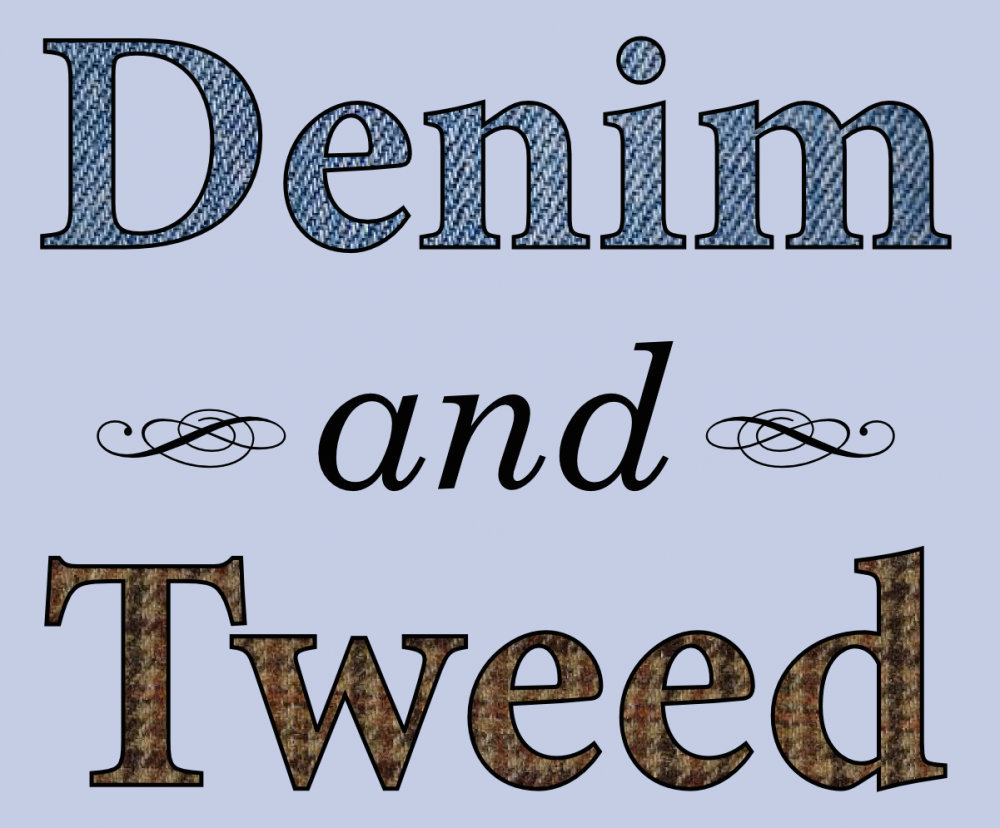![]() Species interactions are probably pretty important, in the evolution of life. There are all sorts of studies showing that the fitness and evolutionary history of individual species depends upon interactions with pollinators, symbiotes, food plants, herbivores, parasites, predators, and competitors. Most of these studies focus in on a single interaction—but what living thing interacts with only one other organism? Coevolution, when it happens, happens in a community context.
Species interactions are probably pretty important, in the evolution of life. There are all sorts of studies showing that the fitness and evolutionary history of individual species depends upon interactions with pollinators, symbiotes, food plants, herbivores, parasites, predators, and competitors. Most of these studies focus in on a single interaction—but what living thing interacts with only one other organism? Coevolution, when it happens, happens in a community context.
Adding even a second interaction into the scientific picture can be difficult, but it may also dramatically change the evolutionary outcome, as seen in a new study of evolution in the protozoan communities living in purple pitcher plants. Individually, competitors and predators are significant agents of natural selection—but together, they seem to counterbalance each other [$a].
 The purple pitcher plant, Sarracenia purpurea. Photo by petrichor.
The purple pitcher plant, Sarracenia purpurea. Photo by petrichor.Carnivorous pitcher plants grow funnel-shaped leaves that collect water to form a pitfall trap for hapless insects, which provide a source of nitrogen in swampy, nutrient-poor habitats. One species’ pitfall is another’s ideal habitat, however, and pitchers also play host to diverse micro-communities [PDF] of protozoans, bacteria, and even mosquito larvae. By recreating—and experimentally manipulating—these communities in the laboratory, the new study’s author, Casey terHorst, was able to disentangle the individual and combined effects of two different kinds of species interaction within pitcher plant pitfalls.
TerHorst focused on a protozoan species in the genus Colpoda, a widespread single-celled critter found in moist soil and standing water. In pitcher plants, Colpoda makes a living feeding on bacteria that break down insects trapped by the pitfall—and they themselves are prey for the larvae of the mosquito Wyeomyia smithii.
 An example of genus Colpoda, the group of ciliates studied (but probably not the same species). Photo by PROYECTO AGUA** /** WATER PROJECT.
An example of genus Colpoda, the group of ciliates studied (but probably not the same species). Photo by PROYECTO AGUA** /** WATER PROJECT.To determine the individual and combined effects of competition and predation on Colpoda, terHorst allowed experimental populations of the protozoan to evolve for 20 days (about 60-120 Colpoda generations) with either (1) no competitors or predators, (2) competition from another bacteria-eating protozoan, (3) predation by mosquito larvae, or (4) competition and predation. At the end of the experimental period, he sampled each evolved Colpoda population and measured a number of traits, including the size of Colpoda cells and their speed. Larger Colpoda cells are thought to be better competitors but more vulnerable to predators; faster ones should be better able to evade predation.
Individually, predators and competitors had significant effects on Colpoda evolution. In the presence of mosquito larvae, Colpoda evolved smaller, faster cells than it did alone. Unexpectedly, competitors also caused Colpoda to evolve smaller cells, though not faster ones. TerHorst suggests that this is because competition also favored more rapid reproduction by Colpoda, which meant that individual cells grew less before dividing.
Most interestingly, though, Colpoda evolving in the presence of both predators and competitors looked quite a lot like Colpoda that evolved alone. This is apparently because the mosquito larvae ate both Colpoda and its competitor—the mosquitoes acted to relieve some competitive pressure on Colpoda at the same time they ate fewer Colpoda because they had two prey species to pursue. In fact, the mosquitoes preferred to eat the competitor species, since it tended to hang out in the open while Colpoda hid among the plastic beads lining the base of the artificial habitat.
Thus the indirect effects of the predator offsetting competition, and of the competitor drawing away predation, canceled out the natural selection each imposed on Colpoda individually. Species interactions in a community context, even a simple one like this, are far from straightforward.
References
Buckley, H., Burns, J., Kneitel, J., Walters, E., Munguia, P., & Miller, E. (2004). Small-scale patterns in community structure of Sarracenia purpurea inquilines. Community Ecology, 5 (2), 181-8 DOI: 10.1556/ComEc.5.2004.2.6
terHorst, C. (2010). Evolution in response to direct and indirect ecological effects in pitcher plant inquiline communities. The American Naturalist, 176 (6), 675-85 DOI: 10.1086/657047








